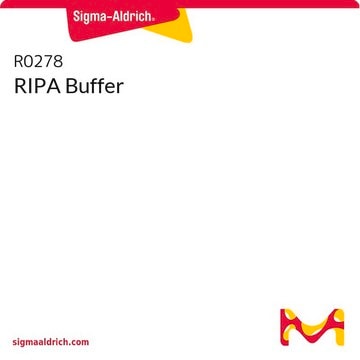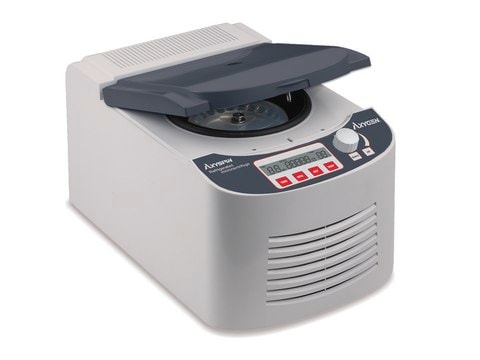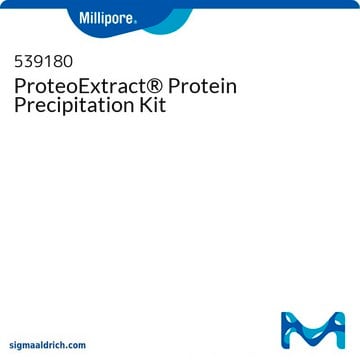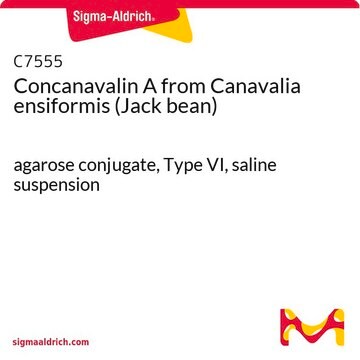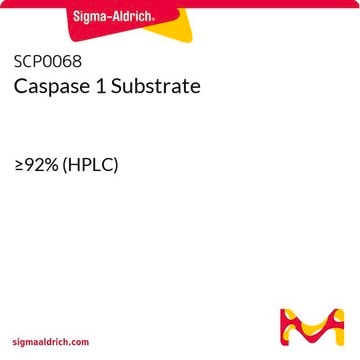09-142
Anti-phospho-ACK1 (Tyr284) Antibody
Upstate®, from rabbit
Sinónimos:
TNK2, tyrosine kinase non-receptor 2, p21cdc42Hs, activated Cdc42-associated kinase 1, activated p21cdc42Hs kinase
About This Item
Productos recomendados
origen biológico
rabbit
Nivel de calidad
forma del anticuerpo
affinity purified immunoglobulin
clon
polyclonal
purificado por
affinity chromatography
reactividad de especies
human
fabricante / nombre comercial
Upstate®
técnicas
dot blot: suitable
inhibition assay: suitable
western blot: suitable
isotipo
IgG
Nº de acceso NCBI
Nº de acceso UniProt
Condiciones de envío
wet ice
modificación del objetivo postraduccional
phosphorylation (pTyr284)
Información sobre el gen
human ... TNK2(10188)
Descripción general
Especificidad
Inmunógeno
Aplicación
Quality Control Testing
Evaluated by Western Blotting in A431 cell lysate.Western Blotting Analysis: A 1:250 dilution of this antibody detected phospho-ACK1(Tyr284) in A431 cell lysate.
Tested ApplicationsDot Blot Analysis: Anti-phospho-ACK1 (Tyr284)) antibody 09-142 detected Phospho-ACK1 (Tyr284) peptide, but not the unmodified ACK1 peptide.Peptide Inhibition Assay: Target band detection in a lysate from A431 cells was prevented by preblocking of a representative lot with the immunogen phosphopeptide, but not the corresponding non-phosphopeptide.Note: Actual optimal working dilutions must be determined by end user as specimens, and experimental conditions may vary with the end user.
Calidad
Descripción de destino
Forma física
Almacenamiento y estabilidad
Otras notas
Información legal
Código de clase de almacenamiento
10 - Combustible liquids
Clase de riesgo para el agua (WGK)
WGK 2
Certificados de análisis (COA)
Busque Certificados de análisis (COA) introduciendo el número de lote del producto. Los números de lote se encuentran en la etiqueta del producto después de las palabras «Lot» o «Batch»
¿Ya tiene este producto?
Encuentre la documentación para los productos que ha comprado recientemente en la Biblioteca de documentos.
Active Filters
Nuestro equipo de científicos tiene experiencia en todas las áreas de investigación: Ciencias de la vida, Ciencia de los materiales, Síntesis química, Cromatografía, Analítica y muchas otras.
Póngase en contacto con el Servicio técnico